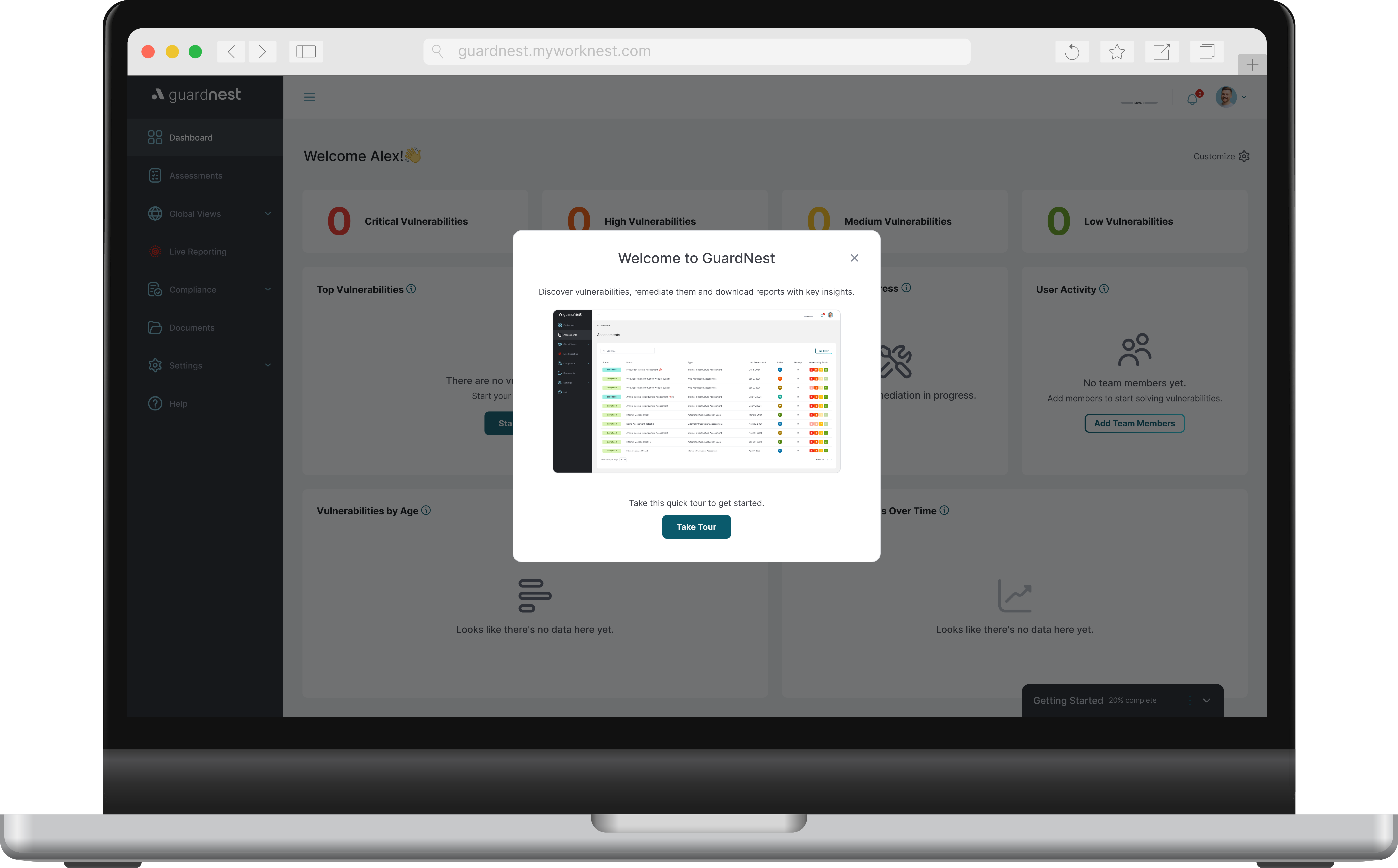OWASP: Web Application Threats


OWASP: Web Application Threats
What is a Web Application?
Web applications are the backbone of any online presence. They allow companies to reach customers, communicate with them, and even store sensitive data. Unfortunately, this also means that web applications can be targeted by attackers who want to exploit weaknesses in their security measures.
For example, SQL injection attacks are one of the most common threats faced by web applications. In this kind of attack, an attacker sends malicious code through a web form, which is then executed by the application’s database. If successful, the attacker can gain access to confidential information or even take control of the server.
Other threats include cross-site scripting (XSS), where attackers inject malicious code into vulnerable web pages. These scripts can then be used to steal sensitive information or redirect visitors to malicious websites. XSS is particularly dangerous because it can often be used even if the website has been secured with encryption and authentication measures.
Most Common Attacks
The most common Web Application attacks are :
1. Cross-site scripting (XSS): An attack where an attacker injects malicious code into a vulnerable web page in order to steal sensitive information or redirect visitors to malicious websites.
2. SQL injection attacks: Attackers send malicious code through a web form which is then executed by the application’s database. Successful attacks can gain access to confidential information or take control of the server.
3. DDoS attacks: In distributed denial-of-service (DDoS) attacks, an attacker floods a web application with large amounts of traffic in order to overwhelm it and disrupt its services.
4. Man-in-the-middle attacks: Attackers intercept communications between two parties in order to gain access to confidential data or modify the contents of the communication.
5. Unauthorised Access: Attackers can try to gain unauthorised access to a web application by exploiting vulnerabilities in authentication and authorisation mechanisms.

How To Protect Your Web Applications
In order to protect their applications from these threats, businesses should implement a comprehensive security strategy that includes the following:
1. Encryption: Use strong encryption algorithms to protect data stored in databases and transmitted over the Internet.
2. Authentication & Authorisation: Implement authentication and authorisation mechanisms to control access to sensitive information.
3. Strong Passwords: Use strong passwords to protect users’ accounts and prevent unauthorised access.
4. Regular Updates: Ensure that all software packages used by the web application are regularly updated with the latest patches in order to close security loopholes.
5. Network Security: Monitor and secure the network perimeter to prevent attackers from gaining unauthorised access to the web application.
Conclusion
Web applications are vulnerable to a variety of threats, from SQL injection attacks and cross-site scripting to man-in-the-middle attacks and DDoS attacks. In order to protect their web applications, businesses must implement a comprehensive security strategy that includes strong encryption, authentication and authorisation mechanisms, secure passwords, regular software updates, and secure network perimeters. By taking the appropriate steps to protect themselves from these threats, businesses can ensure that their web applications remain safe and secure. Our Web Application Testing Service is designed to help businesses avoid any risk of their applications becoming exploited by potential hackers.
.png)








.svg)








.webp)


